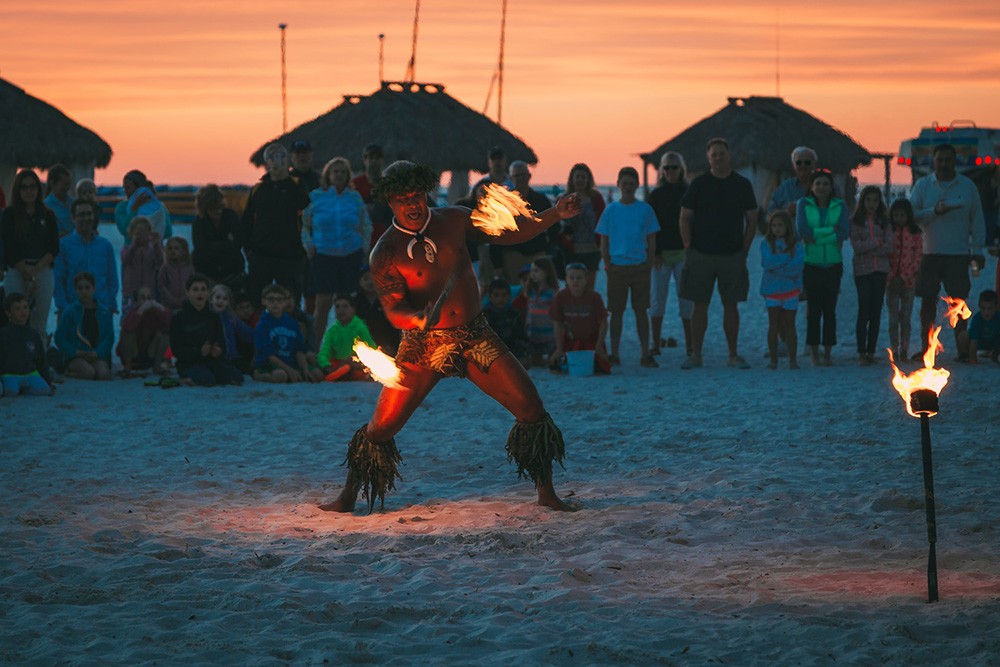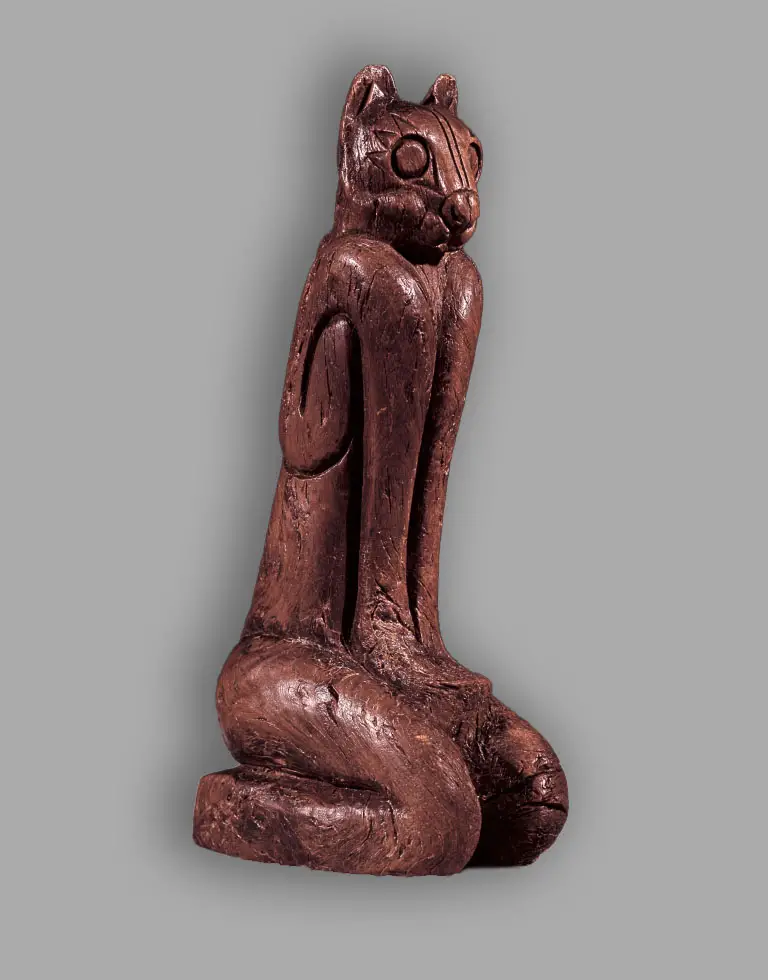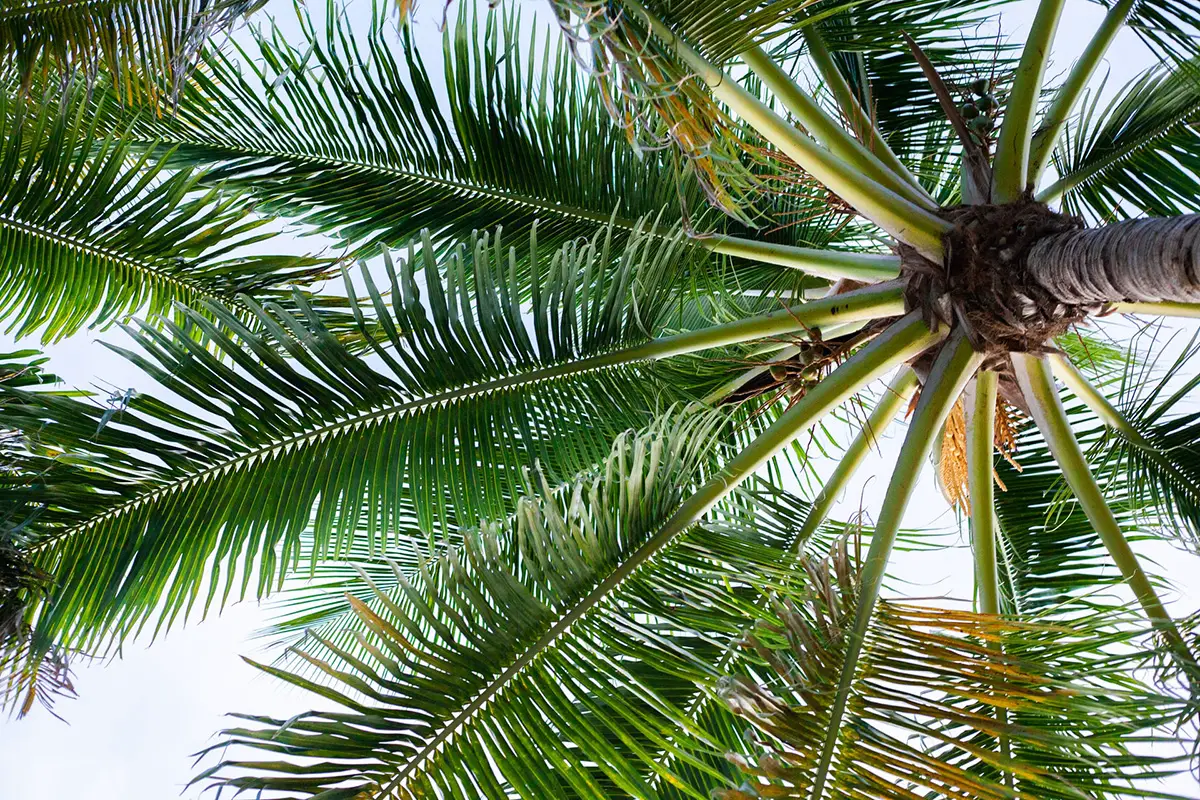The Marco Island Historical Museum is a must-see for anyone interested in Southwest Florida’s history. The museum is home to many fascinating exhibits, including one that brings the Calusa Indians to life. This vanished civilization was once the dominant culture in this region, and the museum does an excellent job of educating visitors about their culture and way of life. If you’re interested in learning more about Marco Island’s past, be sure to visit the Marco Island Historical Museum!
Some of the interesting exhibits at the Marco Island Historical Museum include a thatched hut, canoe, and tools which were used by the Calusa Indians. There is also a large mural that depicts the history of the Calusa tribe. The Marco Island Historical Museum is a great place to learn about the history of Southwest Florida and the Calusa Indians.
The history of this subtropical island paradise’s settlement from its early pioneer beginnings as a fishing hamlet, pineapple plantation, and clam cannery through its dramatic development and expansion of this subtropical island paradise in the 1960s by the Miami-based Deltona Corporation is chronicled by permanent and traveling exhibits.
Marco Island Historical Museum
The grounds of the Museum complex are landscaped with ponds, waterfalls, and native, tropical plantings. These peaceful surroundings set off this gem, and include an inviting gazebo where one can take a few moments to enjoy its ambiance. Within the museum is a traveling exhibits gallery, showcasing the work of artists from around the world illustrating, through various mediums, the local flora, fauna, and the history of the area.

The Calusa Indians were the first people to inhabit Marco Island and the surrounding Southwest Florida region. The Museum’s permanent exhibit, “The Calusa: Peoples of the Gulf Coast”, brings the story of these Native Americans to life. Through artifacts, dioramas, and multimedia presentations, visitors can learn about the Calusa way of life, their interactions with the Spanish and the British, and their eventual decline.
The Museum is also home to a research library that contains over 6000 volumes and maps, periodicals, newspapers, microfilm, and photographs. The Library is open to the public and provides access to genealogical records, local history, and culture.
Whether you are a long-time resident or just visiting, the Marco Island Historical Museum is worth a visit. The knowledgeable and friendly staff will make sure you have an enjoyable and informative experience.
Marco Island Historical Society
The Marco Island Historical Society was established in 1994 and is committed to researching, collecting, discovering, and safeguarding the area’s multifaceted history.
The Society’s new facility, which was constructed at the same time as the neighboring artifacts museum, extends its mission and adds a physical location to educate and inform the community and tourists of our rich heritage. The museum campus explores Marco Island’s history from the life of the Calusa Indians through to contemporary times, including what it has become today.
Key Marco Cat

The Marco Island Historical Museum is Long famous for its Key Marco Cat — one of the most remarkable and influential discoveries in North American archaeology. The Marco Island Historical Society, as part of its mission, has recreated a Calusa Indian village on its campus to help educate people about this vanished civilization.
The Key Marco Cat is a Pre-Columbian Native American statuette that was discovered in 1896 on Marco Island, Florida. At only six inches tall and carved from native hardwood, the Key Marco Cat is a charismatic anthropomorphic feline statuette that has captured the public’s imagination for more than a century.
The archaeologist and anthropologist Frank Hamilton Cushing excavated the Key Marco Cat in 1896.
The statuette is a charming little 6-inch (about 15.2 cm) anthropomorphic feline statue with an intriguing history that has captivated the public’s attention for more than a century. The wooden figure was preserved because it was entombed in an oxygen-free layer of muck. While many other relics perished rapidly upon being exposed to air, the Key Marco Cat retained remarkable detail.
A ceremonial mask, alligator figurehead, painted human figure, and sea turtle figurehead is among the other important objects on display.
How old is the Key Marco Cat?
The Key Marco Cat is a Pre-Columbian Native American piece of art that was excavated by Frank Hamilton Cushing in 1896. It is believed to be from the Calusa people and it is estimated that the world-famous cat statuette is made between 500 and 1,500 years ago. It’s really hard to narrow it down further. The cat is made of wood and stands about 6 inches tall.

